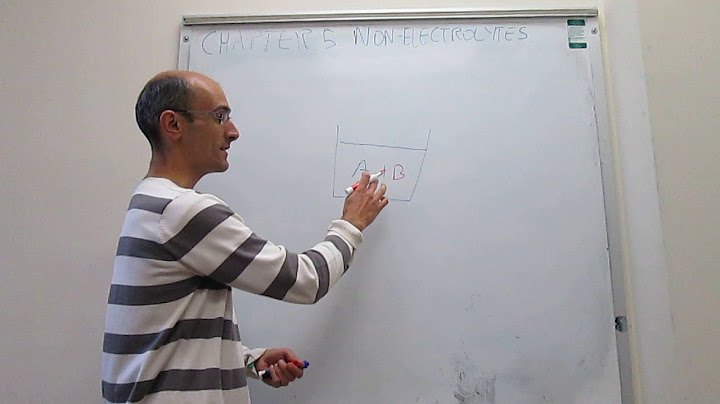\( \newcommand{\vecs}[1]{\overset { \scriptstyle \rightharpoonup} {\mathbf{#1}} } \) \( \newcommand{\vecd}[1]{\overset{-\!-\!\rightharpoonup}{\vphantom{a}\smash {#1}}} \)\(\newcommand{\id}{\mathrm{id}}\) \( \newcommand{\Span}{\mathrm{span}}\) \( \newcommand{\kernel}{\mathrm{null}\,}\) \( \newcommand{\range}{\mathrm{range}\,}\) \( \newcommand{\RealPart}{\mathrm{Re}}\) \( \newcommand{\ImaginaryPart}{\mathrm{Im}}\) \( \newcommand{\Argument}{\mathrm{Arg}}\) \( \newcommand{\norm}[1]{\| #1 \|}\) \( \newcommand{\inner}[2]{\langle #1, #2 \rangle}\) \( \newcommand{\Span}{\mathrm{span}}\) \(\newcommand{\id}{\mathrm{id}}\) \( \newcommand{\Span}{\mathrm{span}}\) \( \newcommand{\kernel}{\mathrm{null}\,}\) \( \newcommand{\range}{\mathrm{range}\,}\) \( \newcommand{\RealPart}{\mathrm{Re}}\) \( \newcommand{\ImaginaryPart}{\mathrm{Im}}\) \( \newcommand{\Argument}{\mathrm{Arg}}\) \( \newcommand{\norm}[1]{\| #1 \|}\) \( \newcommand{\inner}[2]{\langle #1, #2 \rangle}\) \( \newcommand{\Span}{\mathrm{span}}\)\(\newcommand{\AA}{\unicode[.8,0]{x212B}}\) Show
People around the world jog for exercise. For the most part, jogging can be a healthy way to stay fit. However, problems can develop for those who jog in the heat. Excessive sweating can lead to electrolyte loss, which can be life-threatening. Early symptoms of electrolyte deficiency can include nausea, fatigue, and dizziness. If not treated, individuals can experience muscle weakness and increased heart rate (which could lead to a heart attack). Sports drinks can be consumed to restore electrolytes quickly in the body. Electrolytes and NonelectrolytesAn electrolyte is a compound that conducts an electric current when it is in an aqueous solution or melted. In order to conduct a current, a substance must contain mobile ions that can move from one electrode to the other. All ionic compounds are electrolytes. When ionic compounds dissolve, they break apart into ions which are then able to conduct a current (conductivity). Even insoluble ionic compounds such as \(\ce{CaCO_3}\) are electrolytes because they can conduct a current in the molten (melted) state. A nonelectrolyte is a compound that does not conduct an electric current in either aqueous solution or in the molten state. Many molecular compounds, such as sugar or ethanol, are nonelectrolytes. When these compounds dissolve in water, they do not produce ions. The figure below illustrates the difference between an electrolyte and a nonelectrolyte.  Roles of Electrolytes in the BodySeveral electrolytes play important roles in the body. Here are a few significant electrolytes: 1. Calcium - in bones and teeth. Also important for muscle contraction, blood clotting, and nerve function. 2. Sodium - found outside the cell. Mainly involved in water balance and nerve signaling. 3. Potassium - major cation inside the cell. Important for proper functioning of heart, muscles, kidneys, and nerves. 4. Magnesium - in bone and cells. Involved in muscle, bone, nervous system, and takes part in many biochemical reactions. Summary
This page titled 15.7: Electrolytes and Nonelectrolytes is shared under a CK-12 license and was authored, remixed, and/or curated by CK-12 Foundation via source content that was edited to the style and standards of the LibreTexts platform; a detailed edit history is available upon request. A nonelectrolyte is a substance that does not exist in an ionic form in aqueous solution. Nonelectrolytes tend to be poor electrical conductors and don't readily dissociate into ions when melted or dissolved. Solutions of nonelectrolytes do not conduct electricity. Examples of NonelectrolytesEthyl alcohol (ethanol) is a nonelectrolyte because it does not ionize when dissolved in water. Sugar is another example of a nonelectrolyte. Sugar dissolves in water, yet retains its chemical identity. Telling Electrolytes and Nonelectrolytes Apart
Cite this Article Format mla apa chicagoYour Citation Helmenstine, Anne Marie, Ph.D. "Nonelectrolyte Definition in Chemistry." ThoughtCo. https://www.thoughtco.com/definition-of-nonelectrolyte-604573 (accessed December 1, 2022). What is considered a Nonelectrolyte?A nonelectrolyte is a compound that does not conduct an electric current in either aqueous solution or in the molten state. Many molecular compounds, such as sugar or ethanol, are nonelectrolytes. When these compounds dissolve in water, they do not produce ions.
Is NaCl a Nonelectrolyte?Substances such as sodium chloride that exist in aqueous solution entirely, or nearly entirely as ions, are called strong electrolytes. By contrast, an aqueous solution of a non-electrolyte, such as sugar, does not conduct electricity.
What is electrolyte and nonElectrolytes: Electrolytes are ionic compounds. Acids, base and salts are electrolytes. Nonelectrolytes: Nonelectrolytes are covalent compounds. Carbon-containing compounds, fat and sugar are nonelectrolytes.
Is h2o a Nonelectrolyte?Pure water is a non-electrolyte.
Pure water means that it does not contain any ions. Hence, it cannot conduct electricity. However, when other substances like ionic compounds are dissolved in water, the solution can conduct electricity due to the presence of ions in the solution.
|

Related Posts
Advertising
LATEST NEWS
Advertising
Populer
Advertising
About

Copyright © 2024 SignalDuo Inc.



















